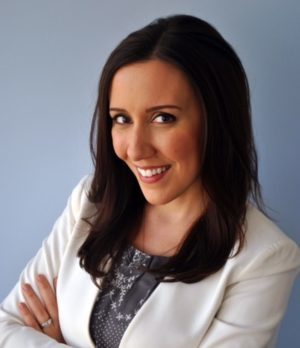
Whenever I witness the birth of a new baby among family or friends, a small part of my mind jumps to all the research we know about the importance of the early years in shaping subsequent outcomes, including, of course, the seminal paper describing the 30-Million-Word Gap. The finding was originally identified by Hart and Risley in 1995, and is one we all know well (it’s been cited nearly 8,000 times). In the study, 42 families were recruited from a mix of socioeconomic backgrounds; monthly observations of each family over the course of several years showed some striking findings, including that about 90% of children’s vocabulary was derived from that of their parents, and that children from low-income households were exposed to 30 million fewer words in the first four years of life than children in high-income families. Pretty sobering, particularly if you think about what it would take to close that gap: it’s the result of hour-to-hour, day-to-day slight differences between families that accumulate over a period of nearly 1,500 days.
Recently, for what is hardly the first time in social research, new findings call some of the original methodology of the 30-Million-Word Gap study into question. Earlier this year, citing emerging criticisms of the original study, researchers published results of the first-ever replication study of the 30-Million-Word Gap, and their findings do not support the 1995 results. When adopting a more expansive definition of the verbal environment that included speech heard by children from others beyond the primary caregiver, the authors found that some children from poor and working-class communities actually heard a greater number of words compared to middle-class communities, and the Word Gap disappeared altogether.
The issue of research replicability merits several posts of its own, and I won’t get into that here. The bigger question is, does the lack of ability to replicate mean we should abandon what we believe about the importance of early exposure to language? Definitely not. New research does poke valid holes in the original methods and the conclusions it drew, but it isn’t questioning the importance of the early years, in particular the verbal home environment, in shaping subsequent outcomes. And despite the limitations, the 30-Million-Word Gap study has drawn a lot of needed attention to this topic and likely incurred support for early childhood systems as a resource for parents, caregivers, and providers in ensuring children have access to ideal language-learning contexts. Perhaps most importantly, this evolution in our degree of confidence with existing evidence affirms that we should proceed with a healthy amount of skepticism. It is healthy to accept that our knowledge here is (and will continue to be) iterative, and that we need to look to new and emerging research to continue to refine our ideology.
A great example of a study that builds on the research of Hart and Risley was published earlier this year in Psychological Science. Using a very different methodology than either of the previous studies, the authors categorized language in terms of: number of words spoken to the child, number of words spoken by the child, and the number of “conversational turns”, or the back-and-forth exchanges between adult and child. To a much greater extent than either ‘words heard’ or ‘words spoken’, the number of conversational turns showed greater correlation to both 1) activity in Broca’s area (the region of the brain associated with language processing) and 2) children’s scores on standardized language tests. So rather than suggesting a need to ensure children have access to words, the results highlight the importance of conversational “serve and return” (turn-taking): in fact, the results were independent of socioeconomic status.
For those whose work focuses on creating enriching early childhood experiences through work with parents, early learning settings, and other providers, these types of findings continue to shape our strategies and approaches in a way that moves the needle toward greater impact. It’s encouraging to see how our knowledge evolves over time, and substantiates the ongoing need for curiosity in terms of how much we are doing, how well we are doing it, and whether anyone is better off.
Erin Cornell is the Associate Director of the HMG National Center.

